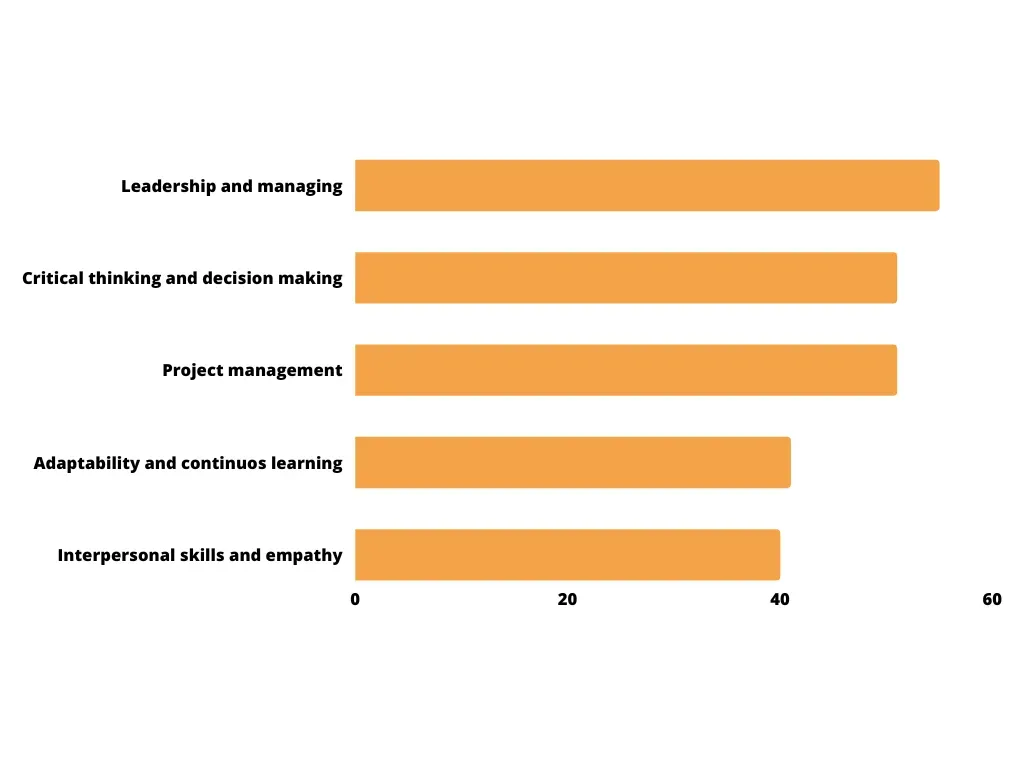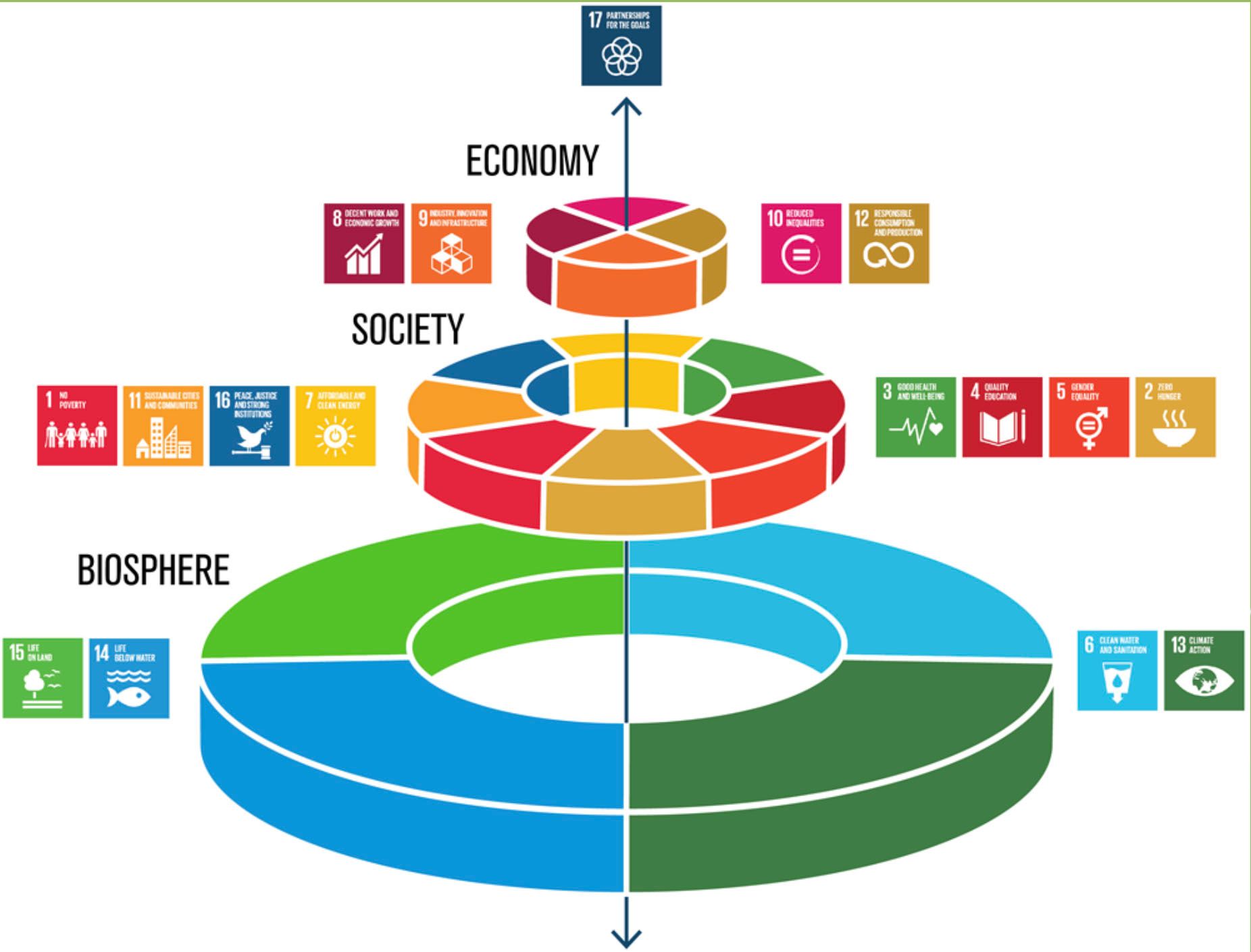Top 5 Corporate Upskilling Strategies For Growing Your Business
Looking to enhance your business skills? Stay ahead of the competition with these top corporate upskilling strategies! This guide outlines five effective ways to grow your business through employee development and training.
In today's fast-paced business world, it's essential to continuously develop and improve skills to stay ahead of the competition. One effective way to do this is through corporate upskilling - providing employees with opportunities for growth and development. In this guide, we'll outline five top strategies for corporate upskilling that will help your business thrive:
- The benefits of upskilling your staff
- Top 5 strategies to build a successful upskilling program
- The secret for a successful upskilling program

The benefits of upskilling your staff
Never before have we seen so many changes in the world as we are seeing right now. The advance of technology, the increased adoption of AI, a pandemic, war and many other global trends are showing us the need to adapt, be flexible and improve ourselves all the time.
An ever-changing world demands a lifelong learning culture and investing in upskilling your staff is the best way to make them feel valued.
So let’s take a look at the main benefits of leveling up and upskilling your employees.
- Once you start upskilling your team, you’ll boost employees’ motivation;
- It increases employee retention and attracts new talents;
- Improves productivity and efficiency among the team;
- Helps employees to develop the skills that will make the overall business;
- Gives employees the ability to feel future-ready;
- Foster a long-life-learning culture;
- Operational gaps within you organization can be filled and your team will be able to build a competitive advantage.
According to the
newest McKinsey Global Survey on reskilling: “the urgency of addressing skill gaps is clear-and, across industries, more important than ever to do.”
Now that you’ve learned the benefits of upskilling your workforce, let’s take a look at the step by step strategies to build a successful upskilling program and stop wasting your resources with non effective training programs.
Top 5 strategies to build a successful upskilling program
The
World Economic Forum report shows that 1.1 billion jobs are liable to be radically transformed by technology in the next decade. Upskilling is a main demand for prosperity and preparing your workforce for tomorrow’s economy must be a number one priority in your planning.
Find out now what are the best strategies for upskilling your staff:
1. Identify Skills Gaps and Training Needs: Analyze your team's skills to identify areas that need improvement for them and the business to grow.
The first step in any successful upskilling strategy is to identify skills gaps and training needs for your team. You can conduct assessments, surveys, or interviews to determine what skills are lacking and where improvements are needed. This information will help you design targeted training programs that address specific skill deficiencies, improve productivity, and ultimately contribute to the growth of your business. Keep in mind that upskilling isn't just about filling gaps - it's also about developing new competencies that can help your team stay ahead of trends and market demands.
2. Encourage Continuous Learning: Provide ongoing training opportunities through workshops, e-learning, mentoring programs, coaching sessions, etc. for your employees.
Encouraging continuous learning is crucial to the success of any corporate upskilling strategy. Providing ongoing training opportunities through workshops, e-learning, mentoring programs, coaching sessions, and other means can help employees develop and improve their skills in a sustainable and effective way. It’s important to create a culture of lifelong learning within your organization where employees are empowered to take initiative when it comes to their own professional development. This approach will not only benefit your business but also boost employee satisfaction and retention rates.
3. Develop Personalized Learning Plans: Create personalized learning paths for each employee that aligns with their career goals and business objectives.
Personalized learning plans are essential to ensure tailored training for each employee. These plans can be developed with the help of assessments, interviews or surveys that identify individual strengths, weaknesses, and objectives. Once the data is collected, a customized approach to training can be formulated that incorporates e-learning, classroom-based approaches, hands-on experiences or other modes of training. By aligning a personalized learning plan with an employee's career aspirations and your business's strategy, you're investing in their future success while also helping foster engaged and motivated employees who feel valued by the organization.
4. Foster a Culture of Collaboration: Encourage teamwork and knowledge-sharing amongst employees through group projects or cross-training initiatives.
Collaboration and teamwork are key factors for corporate success. Encouraging a sense of community within your business helps employees engage more effectively and improves job satisfaction. Foster collaboration by implementing group projects or cross-training initiatives that allow employees to learn from one another's skills, experiences, and perspectives. This approach also promotes knowledge-sharing and can lead to improved productivity, better problem-solving skills, and increased creativity across teams. By cultivating a culture of collaboration in your workplace, you invest in the development of your business while simultaneously bolstering the skills and engagement of your employees.
5. Measure and Analyze Performance: Regularly track employee progress and impact on business outcomes to assess the success of the upskilling program and make necessary adjustments.
One important strategy for corporate upskilling is to regularly track employee progress and impact on business outcomes for assessing the success of the program. Measuring performance allows businesses to evaluate if their investment in employee development is generating a positive return, both in terms of improved individual performance and overall company success. Use metrics such as productivity, sales figures, customer satisfaction, and quality control to quantify the impact of your training program. This assessment can help identify gaps in knowledge or areas where employees may need additional support. Regular analysis of performance data will enable you to make data-driven adjustments that ensure continued organizational growth and success.
The secret for a successful upskilling program

“ Startup Mundi represents a lot of that. It has the whole context of innovation, it has the experience part, which is something I look at a lot here too. So you will be inside a training session , inside a game, inside a challenge. You will always be stimulated and, at the same time, you will be learning ” - Marcelo Castro, training specialist at Pagonxt | A Santander Company.
In this exciting journey through the innovation ecosystem, your team will be the protagonist of a realistic simulation of an innovative solution, from the idea to scalability.
Upskill your team with this hands-on innovation culture and practice gamified methodology in a board game, available:
- In person;
- Online;
- or Hybrid.




